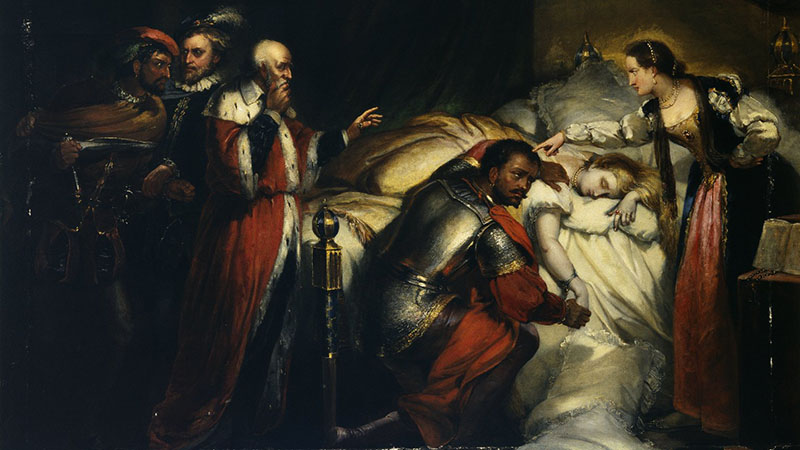Grady, Kyle. "Racial mixing in Titus Andronicus." www.throughlines.org/suite-content/racial-mixing-in-titus-andronicus. [Date accessed].
Racial mixing in Titus Andronicus
Early modern English familiarity with race and racial difference.

Teaching Titus Andronicus can open up conversations about early modern English familiarity with race and racial difference, as well as to help students consider the inconsistent ways that race operates in the world around them. In particular, Titus’s tendency to play up the significance of mixed identity helps students think through how mixedness often registers differently today depending on the context, sometimes being framed as meaningful and other times not registering at all. Especially in a moment like our present, when mixed-race identity is sometimes framed as a late 20th- and early 21st-century phenomenon, seeing it represented in an Elizabethan play can encourage students to investigate the past as a way to better understand the present.
Further learning
Recommended

Othello and Othello and Othello
Beginning with the play’s earliest performance, we study Othello from various critical perspectives through close analysis of the play-text and adaptations on film and stage. For several weeks students read the text of the play slowly and closely, paying particular attention to Shakespeare’s use of language, metaphor, genre, and dramatic form.



.png)


